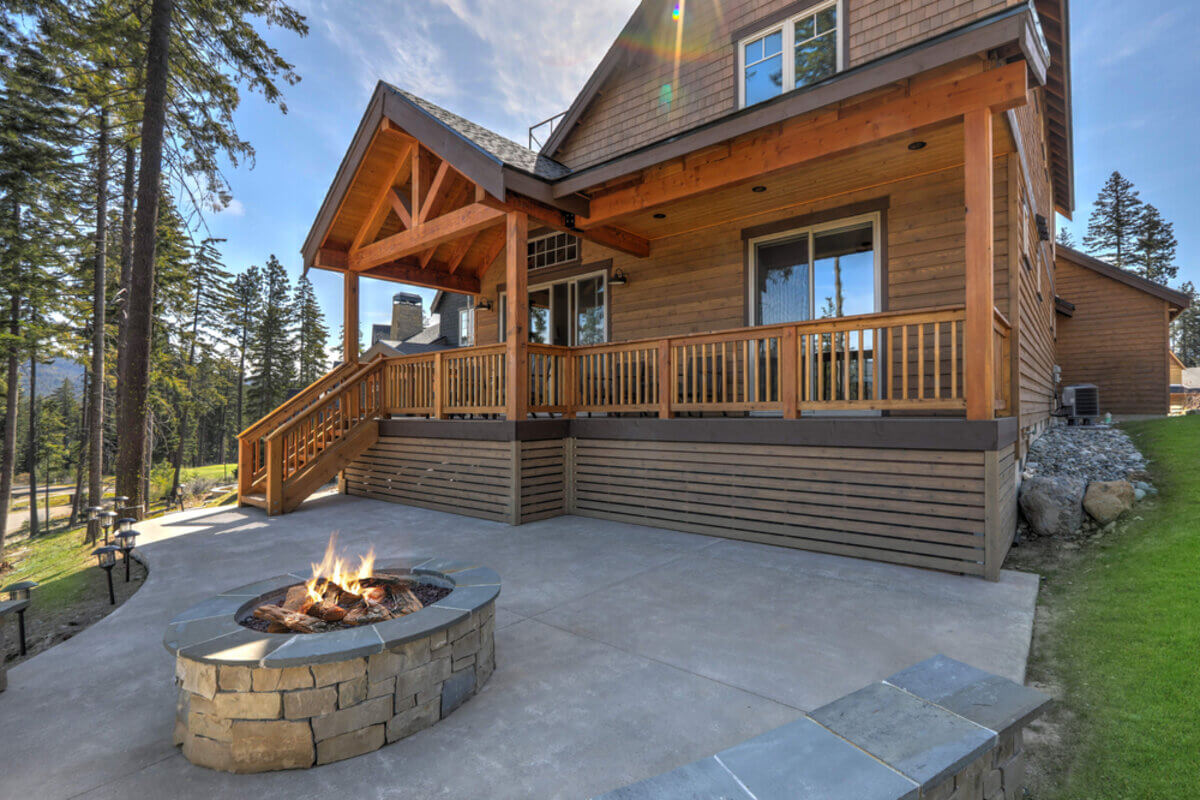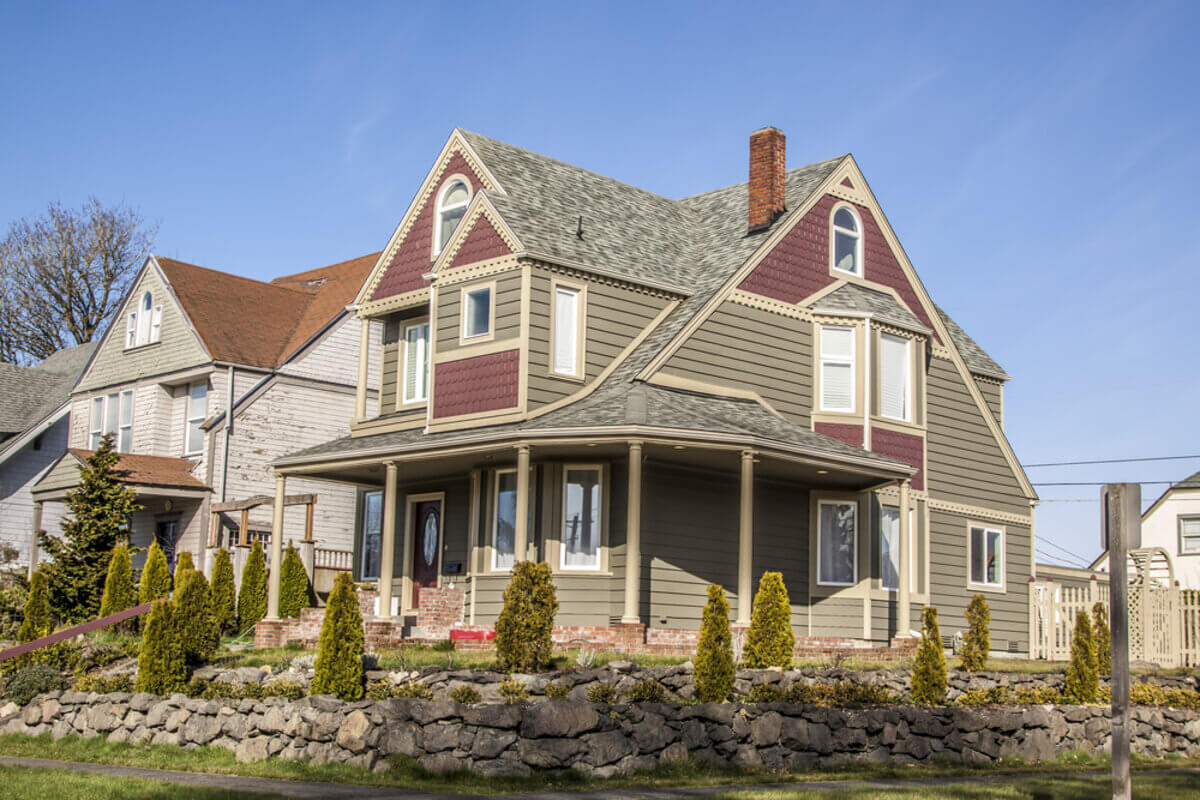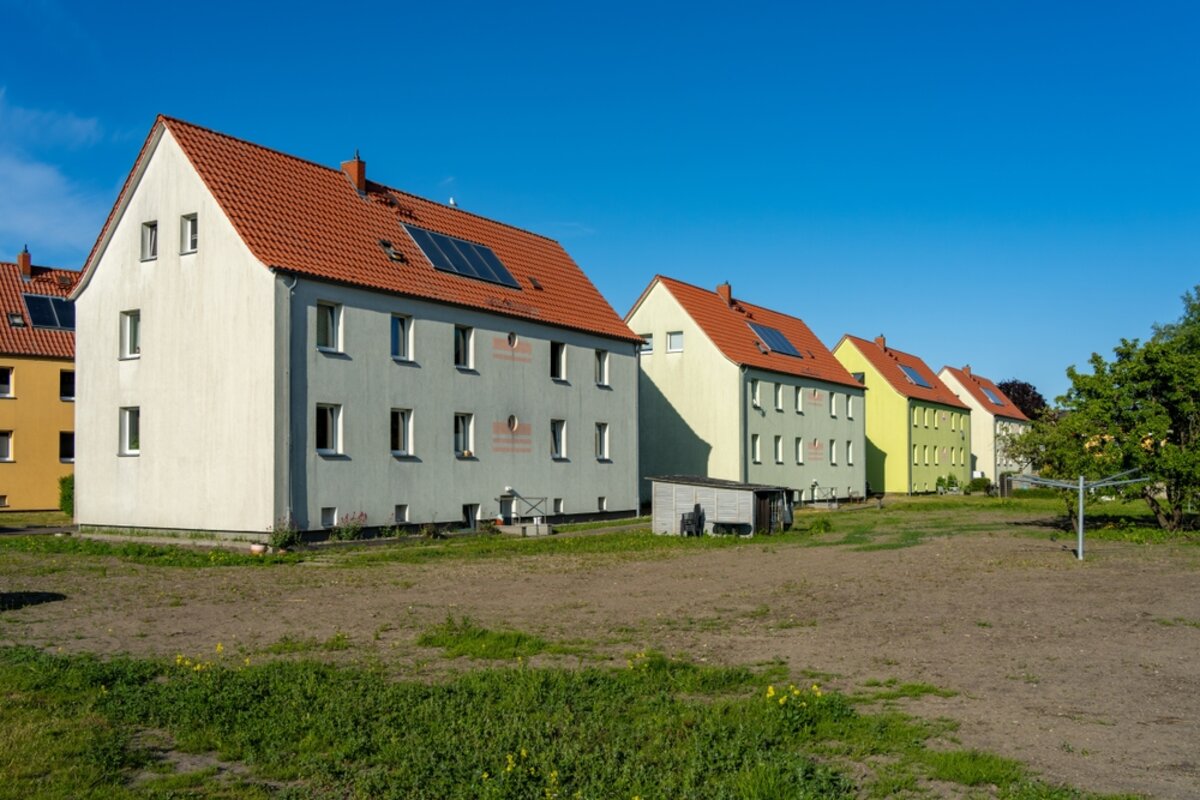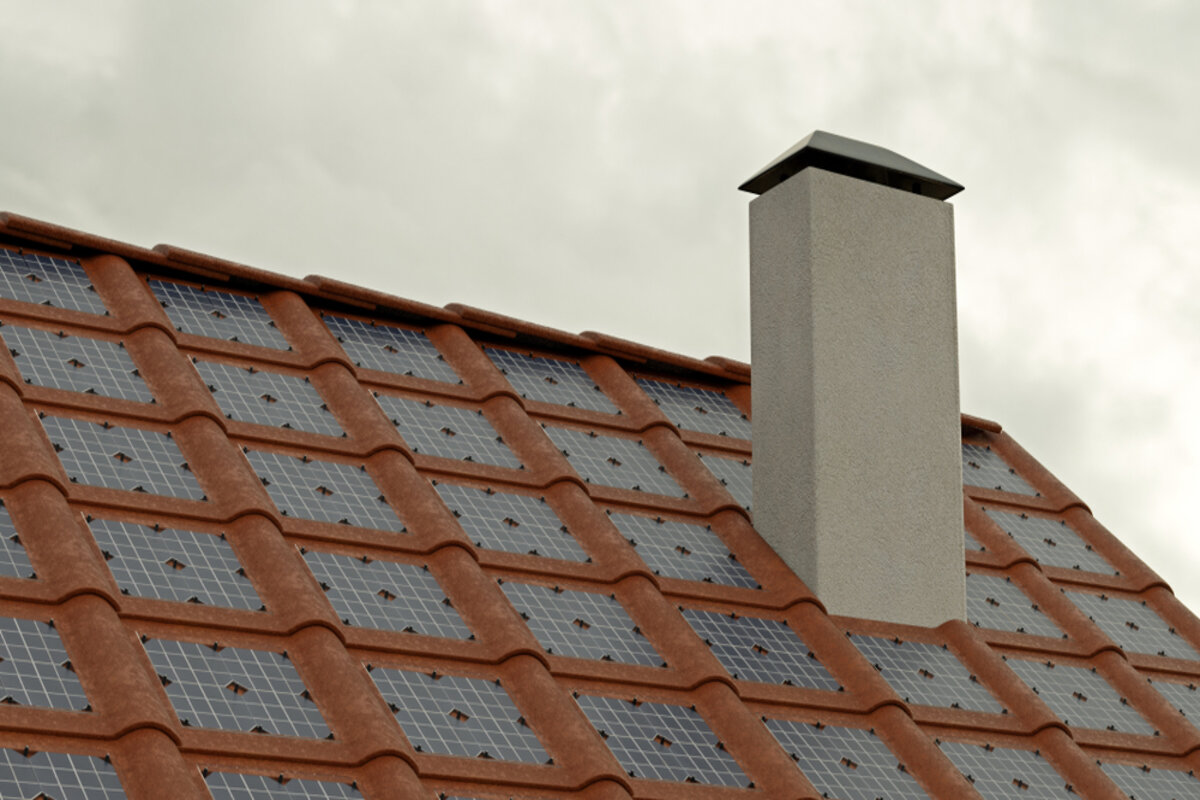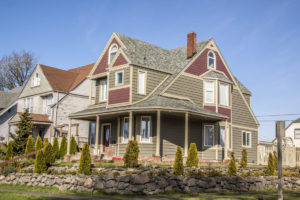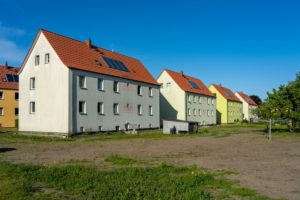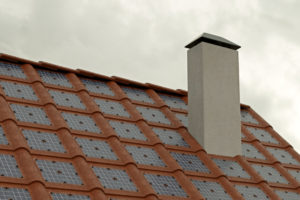Wood siding is a critical component of your home’s exterior, but over time it can deteriorate, leading to issues like moisture damage, pest infestations, and rising energy costs. Recognizing when it’s time to replace your wood siding can help you avoid expensive repairs and upgrade to modern materials like vinyl, LP SmartSide, steel, or fiber cement, which offer greater durability, efficiency, and low-maintenance appeal.
Here are seven unmistakable signs it’s time to replace your wood siding.
1. Rotting or Warped Panels
Moisture is the leading enemy of wood siding. Over time, exposure to water can lead to rotting or warping. If you detect soft spots, warped planks, or discolored areas, these are telltale signs your siding is failing. Materials like fiber cement or LP SmartSide are engineered to resist rot, ensuring a longer lifespan.
2. Frequent Repairs
If minor repairs have become routine, your siding may have reached the end of its lifecycle. Continual patchwork fixes can quickly add up, both in terms of cost and effort. Durable alternatives like steel siding or vinyl eliminate the need for constant upkeep while offering superior resilience against damage.
3. Interior Paint Peeling or Staining
Water intrusion through damaged wood siding often manifests as peeling paint or staining inside your home. This problem points to compromised insulation and an increased risk of mold growth. Fiber cement siding, with its moisture-resistant properties, offers a reliable shield against such issues.
4. Rising Energy Bills
If your energy costs are climbing despite no changes in usage, poor siding could be contributing to heat loss or air leaks. Aging wood often develops cracks and gaps, which reduce insulation efficiency. Insulated vinyl siding or LP SmartSide can help regulate your home’s temperature, reducing energy consumption.
5. Pest Infestation
Wood siding is vulnerable to pests such as termites and carpenter ants. Infestations can weaken the material over time, causing hidden damage that worsens with neglect. Replacing your wood siding with pest-resistant materials like steel or LP SmartSide ensures long-lasting protection.
6. Fading or Discoloration
Sun exposure inevitably causes wood siding to fade and discolor, detracting from your home’s curb appeal. While refinishing is an option, it can be labor-intensive and costly. Opting for vinyl or steel siding provides vibrant, long-lasting color without the need for frequent touch-ups.
7. Cracks or Splits
Visible cracks or splits in your wood siding aren’t just aesthetic issues—they are gateways for moisture, pests, and further damage. Modern alternatives like fiber cement and LP SmartSide are designed to withstand these common problems, providing a sturdy, low-maintenance solution.
Why Upgrade to Modern Siding Options?
Replacing your wood siding offers an opportunity to invest in better-performing materials that require less maintenance and provide superior protection. Perfect Exteriors offers a variety of premium options:
- Vinyl Siding: Affordable and versatile with excellent weather resistance.
- LP SmartSide: Combines the look of wood with advanced durability and pest resistance.
- Steel Siding: A highly durable choice for extreme weather conditions.
- Fiber Cement: Known for its strength and resistance to moisture, pests, and fire.
Conclusion
Recognizing the warning signs of failing wood siding is essential to protecting your home and maintaining its efficiency. If you’ve noticed rotting, cracking, or other damage, it’s time to act. Modern siding options like vinyl, LP SmartSide, steel, and fiber cement provide lasting protection and aesthetic appeal.
Contact Perfect Exteriors today to schedule a consultation and explore the best solutions for your siding replacement. Don’t wait until minor problems escalate—upgrade your home with durable, high-performance siding designed to stand the test of time.

